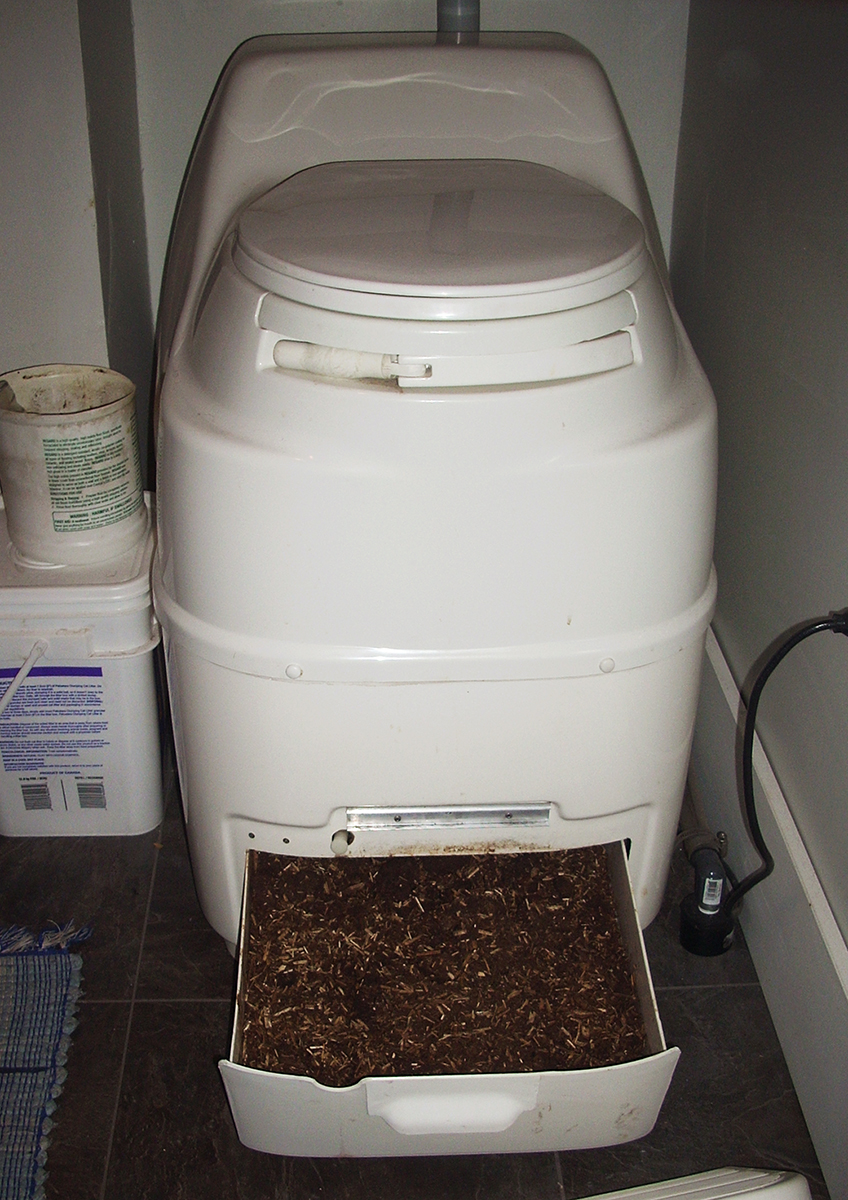It’s getting harder to fill a balloon these days. That’s because we’re in the midst of a helium shortage as the U.S. prepares to shut down a major storage facility near Amarillo, Texas.
Although its lighter-than-air properties make it the ideal filling for decorative balloons, helium has a number of more practical uses. It is used as a shielding agent by arc welders. It is used in labs and high tech manufacturing. It is absolutely essential to the functioning of MRI machines, which use it to cool their superconducting magnets. Because of helium’s chemical properties, no other element is suitable for the task.
Helium is one of the most abundant elements in the universe, but the helium in the atmosphere is unrecoverable. Extracting it in a form that’s usable is a difficult task: a large proportion of the world’s helium is produced as a by-product of natural gas. The gas fields near Amarillo are rich in helium, which is why the U.S. established the Federal Helium Reserve (FHR) there and encouraged natural gas companies to produce helium and sell it to the government.
The FHR is responsible for around 30 per cent of the world’s helium supply. However, the reserve is destined to close down. A 1996 bill required that the entire reserve be sold off by 2015. “The legislation in 1996 says we were supposed to get out of the helium business,” said Joe Peterson, the Bureau of Land Management’s Assistant Field Manager in Amarillo.
It was expected that by 2015 there would be new privately owned sources of helium in the U.S. But the date is looming, and new sources have not yet taken up the slack, said Peterson. The prices, long kept at an artificial low by the U.S. government due to the peculiar economics of helium production, have spiked abruptly. Demand for helium is rising, and production is actually falling due to a slump in the price of helium-bearing natural gas. The effects of this could be quite drastic.
“If the liquid helium supply was to suddenly vanish, our society would be turned upside down,” said Marinda Li Wu, president of the American Chemical Society.
The impact would be felt especially hard in medicine. An MRI machine requires up to 10,000 litres of helium. Without it, the superconducting magnet can be damaged. The high cost incurred in replacing the magnets could limit access to MRI machines. “If the supply constraint on helium continues unabated, it could be very harmful to patient care,” said Tom Rauch, global sourcing manager for GE Healthcare, a manufacturer of MRIs.
In the midst of this situation, companies are looking into the possibility of extraction directly from helium wells, rather than producing the gas as a by-product. Among the potential targets are the helium reserves in Western Canada, which were discovered by government studies between the 1950s and 80s but were never exploited. Weil Helium LLC, a Texas-based helium company, is proposing to begin production on two helium wells drilled in the 1960s near Swift Current, Saskatchewan.
Weil is planning to use new technology that allows them to distribute the helium immediately without storing it in vast reserves. “We’ll be able to deal directly with the end user. In our case, it’s going to be the balloon guys and the welders,” said Bo Sears Jr., a Weil executive.
The U.S. is in the process of passing a bill that will keep the Federal Helium Reserve open for a few more years. The reserve can support helium production until 2020. Under this bill, it will continue production as usual for the next year and then auction off its stores over the following six years. Party planners rejoice: the helium crisis may yet be averted.





